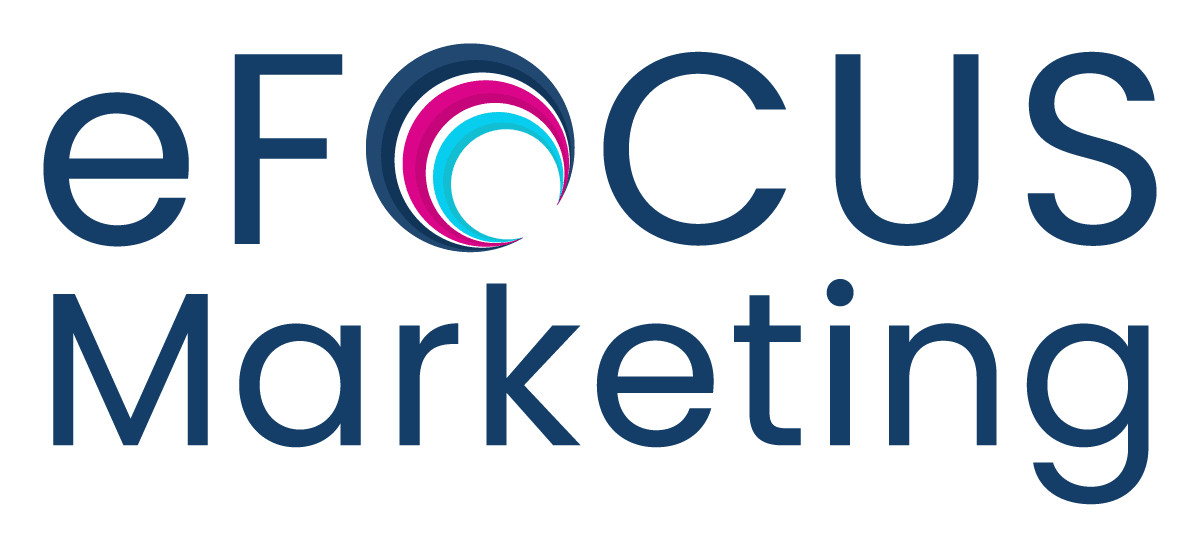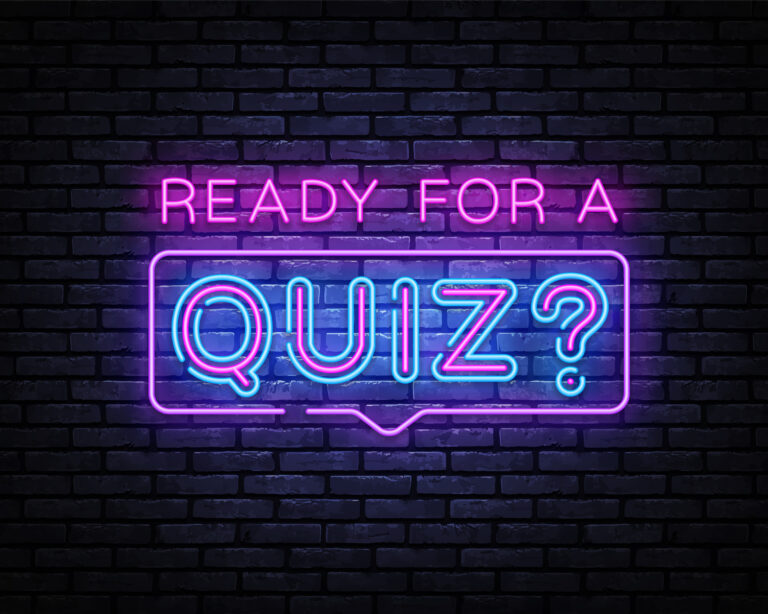In the dynamic world of ecommerce, understanding the customer journey is alike to having a GPS to success based on what your customers are likely to need at that stage.
The customer lifecycle is a framework that guides your brand’s interactions with customers from the first spark of interest to long-lasting loyalty.
One of the best ways to create personalised communications that speak to your subscriber’s individual needs and ensure you are sending the right message to the right person, crucially at the right time, is to understand where they are in their journey with you.
The customer journey (lifecycle) can be split down into five key stages – Acquisition, Consideration, Purchase and Experience, Loyalty, and Reactivation.
Treat your customers and prospects differently based on their current needs and lifecycle stage.
The needs of your different customer personas will change depending on where they are in their journey with you; informing what content they require from you to help them move to the next stage.
At each stage, your prospects and customers will be trying to accomplish different tasks, asking different questions, feeling different emotions, and the email marketing campaigns that you will send will need to address these differences along the way.
Let’s take a look at each stage individually…
- Acquisition – Capturing the Initial Spark: From Interest to Connection
The journey begins with Acquisition, where you capture the attention of potential customers and turn that initial spark of interest into a meaningful connection.
Email Marketing Aim: to attract, welcome and start building the relationship with new subscribers – to introduce your brand, create intrigue, and entice further engagement.
Email Marketing Example: Optimise your sign-up process to capture their attention and maximise conversion to opt in.
- Leverage Sign-Up Incentives: Offer a compelling incentive, such as a discount or exclusive content, in exchange for email sign-ups.
- Welcome Series Magic: Craft a warm and engaging welcome email series that introduces your brand’s value proposition and encourages exploration.
- Personalise from the Start: Use the information collected during sign-up to deliver tailored content and recommendations, making the initial interaction more relevant.
| Read our blog “Strategic Placement of Email Sign-Up Forms on Your Website” now > | Read our blog “Strategies to Boost Email Sign-Ups for Ecommerce Brands” now > |
- Consideration – Nurturing Interest into Intent: Guiding Informed Decisions
Consideration is the stage where potential customers evaluate their options and gather information before making a purchase decision. Your role here is to nurture their interest, provide valuable insights, and position your brand as the solution.
Email Marketing Aim: to help the new subscriber make the decision as to which product to buy, and why they would benefit from purchasing from your company
Email Marketing Example: Campaigns sent to prospects at this stage may include communications to a subscriber that hasn’t purchased within a specific number of days after signing-up but has shown certain behaviour on site or with your emails, for example.
You’ll also send regular promotional emails and newsletters to educate and inspire subscribers, following up on-site behaviour such as browsing a specific product or category with a targeted series of emails to help them make the decision to purchase, or support an abandoned basket action with a reminder to purchase and other related product recommendations.
- Educational Content: Send informative emails, such as product guides, comparison charts, and expert tips, to help customers make informed decisions.
- Engage with Storytelling: Share customer testimonials, success stories, and behind-the-scenes narratives to build trust and emotional connection.
- Dynamic Recommendations: Use customer behaviour data to recommend products that align with their preferences and browsing history.
- Purchase and Experience – Turning Intent into Action: Creating Seamless Transactions and Memorable Moments
The Purchase and Experience stage is where the action happens – customers become buyers and experience your product or service firsthand.
Your focus now shifts to delivering exceptional experiences, ensuring smooth transactions, and establishing post-purchase engagement.
Email Marketing Aim: to make the purchase process as easy as possible and give customers the best experience after buying from you
Email Marketing Example: Campaigns during this stage will include, transactional emails (such as purchase and dispatch confirmation emails) and a post-purchase follow up series (for example, review requests) as well as helpful content to make the most of their purchase. This is a key step in building the relationship with the customer and ensuring an excellent experience that most companies neglect; instead only servicing the basic communications needed in this stage.
The most important communications, alongside those messages that have to be sent to confirm stages of the purchase process, put the customer first – think about how can you go above and beyond to give them a fantastic experience of buying from you.
Can you provide additional information following the purchase to help them make the most of their items, for example?
This could include showing them how to use the item properly (perhaps a short video or blog post), looking at the most common reasons customers return items and trying to combat these in your messaging, or answering FAQs.
- Order Confirmation and Shipping Updates: Send timely emails confirming orders and provide real-time shipping updates to keep customers informed.
- Personalised Thank-You: Express gratitude with personalised thank-you emails that showcase your appreciation for their purchase.
- Post-Purchase Engagement: Follow up with emails containing usage tips, product recommendations, and exclusive offers that enhance their post-purchase experience.
- Offering up-sell / cross sell items: Enhance the experience and lead the consumer onto their next purchase with relevant product recommendations.
- Loyalty – Cultivating Long-Term Relationships: Fostering Brand Devotion
Loyalty goes beyond the initial purchase – it’s about cultivating lasting relationships that transform customers into brand advocates. This stage focuses on nurturing loyalty, encouraging repeat purchases, and amplifying word-of-mouth.
Email Marketing Aim: to keep the subscriber engaged and encourage them to repeat purchase
Email Marketing Example: You’ll also want to include campaigns here that encourage a repeat purchase such as replenishment reminders for those products that run out (such as beauty products or razors for example) and further cross and up-sell campaigns based on the last purchase.
Your standard promotional mailings will also fall into this category in the cross over between this and the Consideration stage, but think about how you can adjust these to make them more personal to the increased data you now have about these customers and their previous behaviour; perhaps using dynamic content to address them as previous customers or make product suggestions based on items they’ve already purchased for example.
- Exclusive Offers: Reward loyal customers with exclusive discounts, early access to sales, and VIP perks to foster a sense of belonging.
- Personalised Milestones: Celebrate customer milestones like birthdays and anniversaries with personalised emails and special offers – campaigns that build loyalty and make the customer feel special.
- Referral Programs: Encourage word-of-mouth marketing by implementing referral programs that incentivise customers to refer friends and family.
- Reactivation – Reigniting Dormant Engagement Subheading: Bringing Back the Spark
Reactivation targets customers and subscribers who have gone dormant. It’s a strategic approach to reignite their interest, bringing them back into the fold and reminding them of the value your brand offers.
Email Marketing Aim: to identify and reengage subscribers and purchasers who have become or are becoming inactive with your brand
Key behaviour: there are two sides to this stage;
- Inactive subscribers: subscribers who have become inactive with the email programme (haven’t opened or clicked on your campaigns within a certain amount of time, for example 9 months).
- Inactive customers: customers who are no longer buying from you (haven’t made another purchase within a specified amount of time – this will differ depending on your business and average purchase frequency that you would expect)
Email Marketing Example: Implement an inactive subscriber reactivation series – a series of emails designed to re-engage a user who has not engaged with your email programme within a certain amount of time.
- Re-Engagement Campaigns: Craft engaging win-back emails with irresistible offers, highlighting new products, or sharing updates to recapture their attention, encouraging inactive customers to come back and make another purchase.
- Surveys and Feedback: Send surveys to understand why customers became inactive and gather feedback to tailor future interactions.
- Personalised Recommendations: Use purchase history and past engagement data to recommend products that align with their interests, sparking their curiosity once again.
Orchestrating Lifelong Customer Journeys: Unleash the Full Potential
The customer lifecycle is a dynamic mix of interactions that shape relationships, drive conversions, and build brand loyalty.
By understanding each stage and leveraging email marketing strategically, you can orchestrate seamless customer journeys that resonate, engage, and create lasting value.
| Listen to the e-telligence podcast ‘Understanding the Customer Journey to Create a Customer Centric Email Marketing Programme’ here > |




